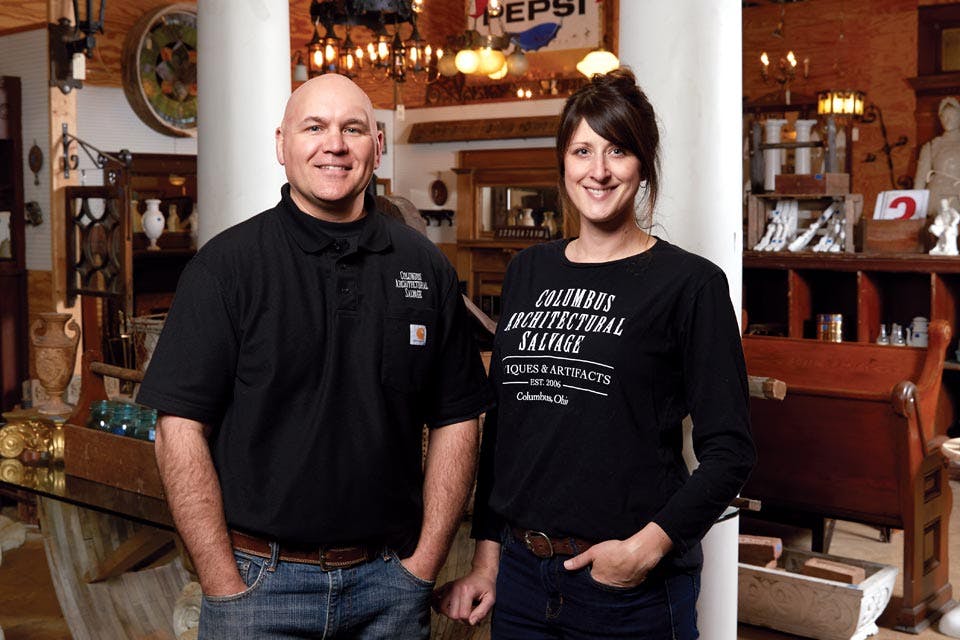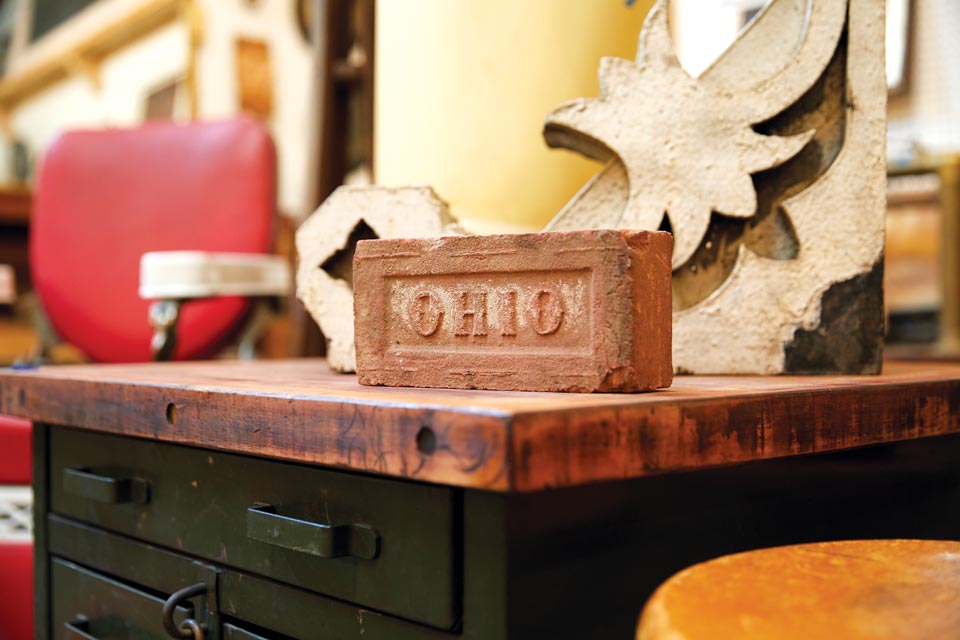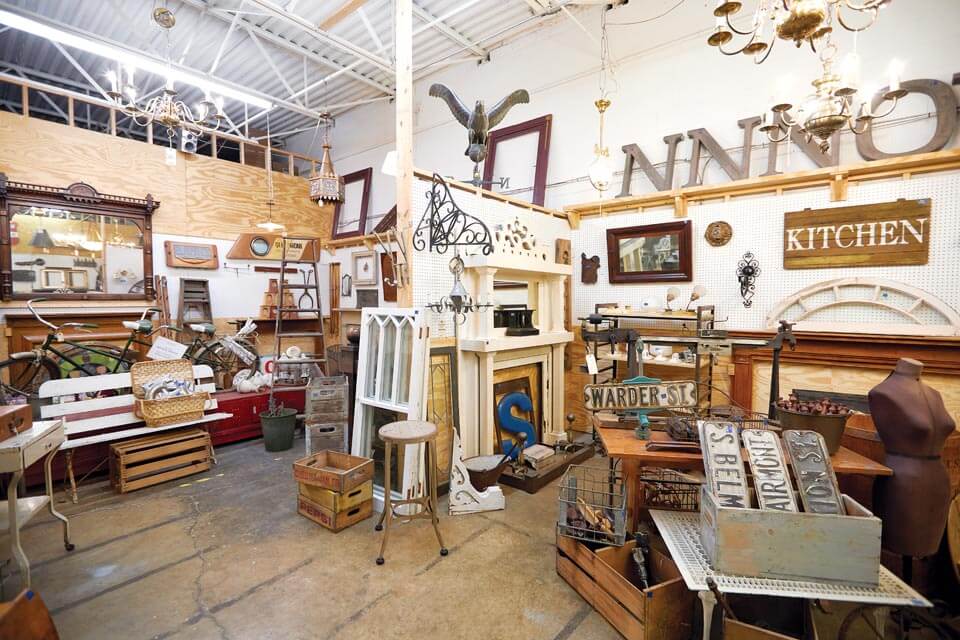Ohio Life
Columbus Architectural Salvage
Chris Sauer’s store stocks a wide range of reclaimed, hard-to-find home items stretching from the 1840s to the mid-20th century.
Related Articles

Two Ohioans Appear on the Hallmark Channel’s ‘Finding Mr. Christmas’
This holiday-themed reality show searches for the next Hallmark star, and Ohio natives Marcus Brodie and Logan Shepard are among the contestants this season. READ MORE >>

‘Ohio: Wild at Heart’ Now Showing in Select Theaters Statewide
Produced in partnership with the Ohio Department of Natural Resources, this film showcases some of our state’s most striking natural features. READ MORE >>

Historic Marker Installed at Home of Orville Wright
Hawthorn Hill, the Oakwood home where aviation pioneer Orville Wright lived with his sister and father, now bears a new marker celebrating its place in American history. READ MORE >>







